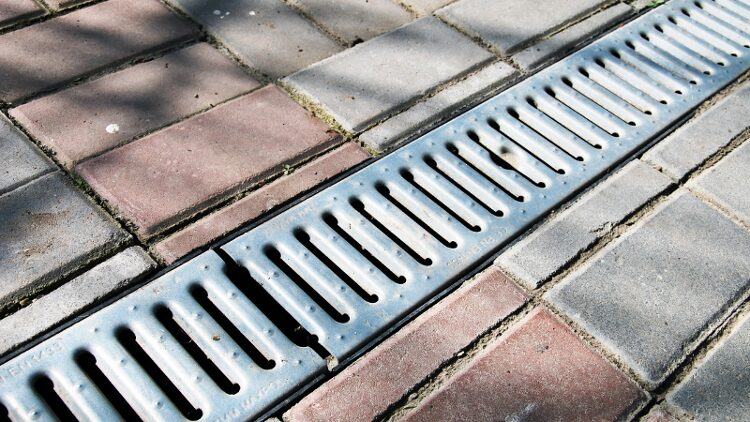Improper drainage is a serious issue for many homes in the Houston-Galveston area. Poor drainage conditions can lead to many problems throughout a home, ranging from mold growth, wood rot, and pest infestations to flooding and soil expansion, which could cause the foundation to become unstable. One of the best ways to protect your home from water damage and all of its complications is to know your home’s drainage system. Not only will knowing your drainage system allow you to identify problems early, but you can also plan ahead the process of correcting them and prevent extensive damage from occurring. Now, let’s get to know your home’s drainage system.
What Is A Drainage System?
A home’s drainage systemis essentially the way in which the home expels water and protects its foundation. It is usually made up of several different components, including gutters, downspouts, trenches, pipes, gravel, pumps, and yard grading. Each drainage system is unique to the home it is installed for, so your system may have fewer or more components, depending on the unique needs of your property. We’ll break down what each of these components does to protect your home.
Your Yard Grading And Your Drainage System
The baseline for all the drainage around your Houston home is the grading. Grading is simply a fancy word for how the land around your home’s foundation is sloped. When your home was built, the builders put some care into grading the land at a slight downward slope so that water would naturally flow away from the foundation. Over the years, the soil around your home might have been washed away, which could have left a level surface or even a negative slope behind.
A negative slope basically means that the water flows toward the home instead of away from it. When that happens, water may start to accumulate around the home and pool at the base of the foundation, which could lead to water damage, differential settlement, and cracks in the foundation and exterior walls. The good news is that you can fix a negative slopeand protect your foundation simply by having fresh dirt brought in and re-graded by a professional.
Sump Pumps And Your Drainage System
Sump pumpsare a common addition to landscape drainage systems. They are usually installed in sump pits or sump basins, which are located in the crawl spaces of the homes that sit on a pier and beam foundation and/or at the end of drainage systems to collect the water coming from the property. These pumps are designed to operate whenever a flooding condition exists, forcing the water out of the sump pit before it overflows and causes problems. Sump pumps come in different sizes and styles, depending on how many gallons of water they can remove per minute and how hard they need to work in order to transport the water away from your home.
Drains And Your Drainage System
Depending on your landscape layout, you might need to install different drainage systems in order to ensure proper drainage around your property. In addition to French drains, you could also opt for area drains, which can be installed at the center of any low points throughout your property. These drains draw the water down so that it can be carried away without needing to run a pump or other equipment. In Houston, exterior drainage systems and area drains are usually installed around the exterior perimeter of homes, particularly in the areas where the rainwater tends to collect around the foundation or in the crawl space.
Gutters, Downspouts, And Your Drainage System
While gutters and downspouts are not typically installed by drainage professionals, they do provide the first line of defense in protecting your home from water damage. If your downspouts are too short, or if your gutters are leaking, they may be allowing water to accumulate next to your foundation. In time, this may lead to water damage, soil erosion and/or expansion around your home, and foundation problems. By keeping your gutters and downspouts in good working order, you can make it easier for your existing drains and yard grading to do their job.
If you are worried about water damage to your Houston home’s foundation, it’s a good time to start learning about your drainage options. Get to know the drainage systemsyou already have in place and consider whether you need to repair or replace some of the components or install additional drainage solutions that will help collect and direct rainwater away from your home’s foundation more efficiently.
If water has been seeping into your foundation for some time, don’t wait until a serious problem occurs to deal with your drainage issues! Contact our professionalsas soon as possible to have your foundation inspected for free and learn about the best methods for addressing the issues affecting it.



